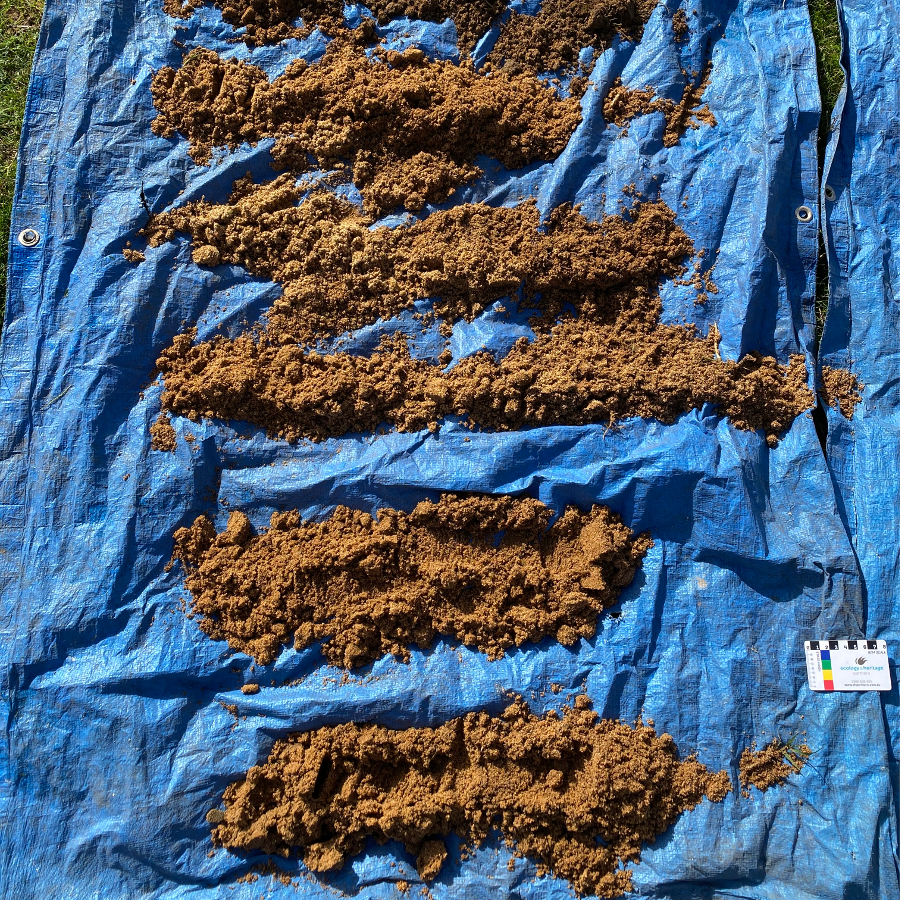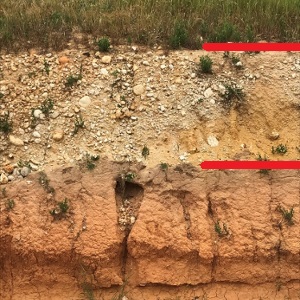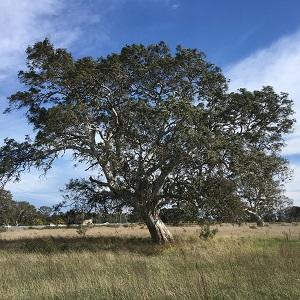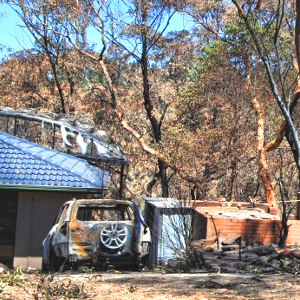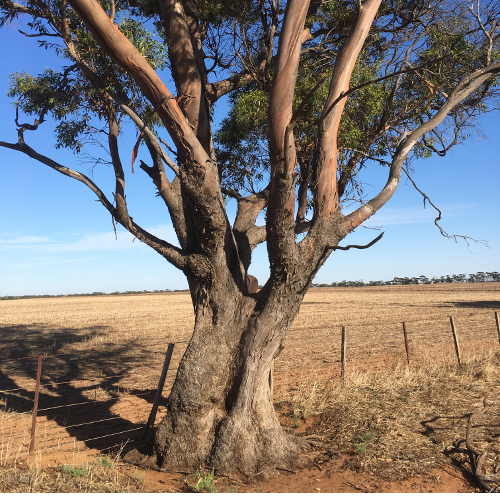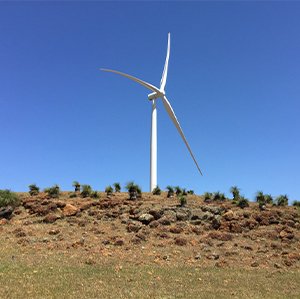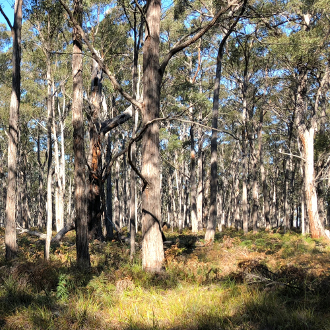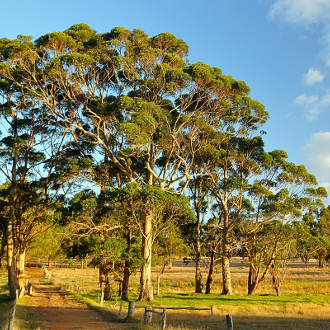Sludge in Victoria: What is it and Why?
The Victorian Gold Rush of 1851 is known to many as being responsible for the prosperity of regional cities; the reason for mass migration to the then colony; and the promotion of Melbourne as a wealthy modern metropolis. While the legacy of the Gold Rush can be seen in the architecture and folklore of the state, the less widely known implication of the gold rush, is mining sludge (sludge).
Sludge has undoubtedly left its mark on the state, but what is it, and why should we take notice? The discovery of gold in Victoria in the 1850s attracted gold miners in their thousands from all over the world. The methods of gold extraction started with laborious techniques such as panning and cradle rockers, but the process was soon industrialised.
The use of horse-powered puddling-mills became popular, with over 5,000 puddling mills documented in Victoria by 1856. The implementation of puddling-mills increased the quantity of sludge produced, from pan loads to cart loads. In addition, large scale hydraulic sluicing was also implemented by the gold mining companies. These methods of extracting alluvial gold involved washing the soil and gravel through sluice boxes using existing water sources and by diverting streams. The waste or tailings were then released in the waterways. This sediment was the sludge.
A variety of chemicals were used to assist in the extraction of gold using these methods, arsenic and cyanide being one of them. The chemically laden sludge would then flow down the waterways and settle, resulting in blocked up waterways. This soon created widespread flooding and the subsequent burial of land by metres of sludge. Initially there were no controls in the colony regarding the sludge issue that was soon affecting huge tracts of land. By the late 1850s, puddling mills in Bendigo alone were estimated to result in 40,000 tonnes of sludge into Bendigo Creek, per day.
Sludge soon flowed as torrents, unchecked, down the waterways and spilling over the landscape, covering roads, gardens and even buildings. Comprising primarily clay, sludge settled like concrete over the landscape, essentially recreating the landforms and in some cases modifying the alignment of waterways.
Sludge is Not Limited to Gold Mining Towns
The question remains, where is this sludge? Research to date, coming from a team at La Trobe University, indicates that sludge is prevalent across large parts of Victoria. While it is not surprising to find it in gold mining towns such as Bendigo and Ballarat, it also travelled downstream from goldfield cities. A map from 1887 has shown that the majority of Victoria’s rivers have been affected by sludge, which can flow many kilometres from its source.
Implications for Developers
There are many implications of this sludge from a heritage perspective as it must be considered when investigating both Aboriginal and historical archaeology. In some cases, the sludge has created a “cap” over former ground surfaces, and the original topsoil may still be intact with potential archaeological deposits beneath. In some places it is estimated the sludge was up to two metres deep. The deposition of sludge does not constitute Significant Ground Disturbance (SGD) as defined under r.5 of the Aboriginal Heritage Regulations 2018, and therefore, is not able to be used as evidence in regard to a possible exemption from preparing a Cultural Heritage Management Plan (CHMP). Aboriginal cultural heritage has now been identified on multiple occasions as being present under sludge, and it appears that in many cases, the sludge has gone some way to preserve the archaeological deposits in situ. Similarly, for historical heritage, there exists real potential for buried property and possessions, providing insight into life in early, pre-gold rush Victoria.
Contamination Concerns
Another aspect to consider, for archaeologists and developers alike, is the presence of chemicals and metals in the sludge. High levels of arsenic have been detected in sludge, as well as mercury and cyanide. Early investigations such the preparation of a Complex CHMP involving archaeological excavation must address the OH&S requirements for working closely with contaminated soil.
Understanding the levels of soil contamination prior to commencing the testing as part of a CHMP is required. The data can show the presence and depth of sludge, as well as any buried prior ground surfaces. Sludge is identifiable by its horizontal layer pattern (lamentations), showing each new flow of sludge, which may have been a daily occurrence.
How to Prevent Project Delays
An early search of historical records can provide indications of whether sludge may be present. If sludge is present, understanding sludge can serve to expediate other site investigations, allow for accurate interpretations for the landforms and heritage, and prevent project delays should heritage be present, but not accurately identified in the planning stages.
Further Information
To find out more about whether your project may be affected by mining sludge and the possible implications, please contact our cultural heritage team on 1300 839 325.
IMAGES
Top: "Gold diggers using a ‘puddling machine’ at Bendigo" by Walter G. Mason, 1857. Puddling methods varied and caused great destruction to the environment.
This article by Oona Nicolson and Annie Ayres appeared in the VPELA Revue magazine in April 2020.
